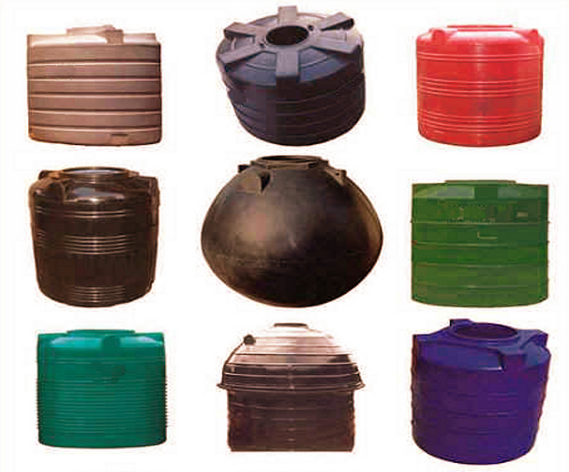|
 Water Tank Rotational Moulds Water Tank Rotational Moulds
|
|
|
|

Rotational moulding process is a thermoplastic method to economically fabricate various hollow plastic products, from simple to complicated. It is very well suited for the production of Water Tanks. The Water Tank Rotational Moulds manufactured using the help of this process are very easy to install, light weight, durable, hygienic, and have the ability to withstand UV rays for a longer period of time. Through Rotational Moulding Process one can ensure that the hollow part is made in one price, with no weld joints or lines.
Reasons for choosing rotational moulding method to manufacture Water Tank Rotational Moulds:
- Low material & machinery cost in relation to production capacity
- Complex parts can be easily moulded without any need for post assembly
- Ease of color and material change
- Double/ more walled products can be developed
- Minimum wastage
- Higher manufacturing capacity on selected parts
The basic steps involved in water tanks manufacturing through rotational moulding technique are as follows:
- Material preparation & mould charging
- Mould heating
- Mould cooling
- Part ejection or de-moulding
Process in Detail:
Water Tank Rotational Moulds manufacturing process is not very complicated. Therefore, it is the most preferred method of production across global industrial segments. The first step is to mix Polyethylene material granules with granules of black color concentrators. Further, these are extruded & strands are chopped in order to ensure uniform distribution of Carbon Black. Then this mixture or powder is fed into the mould in the requisite quantity. The burners of rotational moulding machinery are fired & heated up to 300℃. The powder gets melted, and it forms a hollow storage tank when rotated in the heated mould.
Then, the 2nd layer of the storage water tank is manufactured by adding white color Polyethylene material to the same mould. After some time, when the water tank is ready, the mould is cooled with air and the end product is removed. After the completion of this procedure, the tanks are stringently tested so as to make sure that it is at par with the set industry standards as well as norms.

|
 |
|
|
|
|
